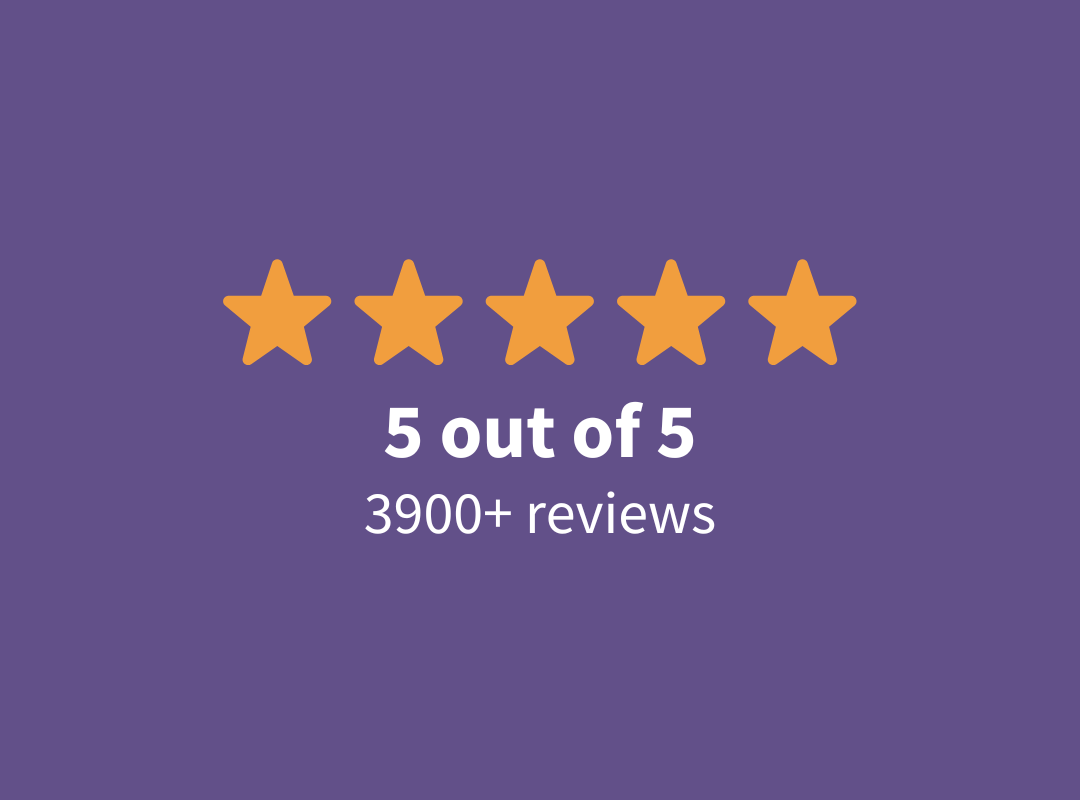If you made more payments than required by the Public Service Loan Forgiveness (PSLF) Program, there’s good news — you can probably get your money back.
In this guide, learn how you can get a PSLF overpayment refund. To ensure you're minimizing your PSLF payments, you can also get a downloadable copy of our PSLF tracking spreadsheet.
Let's look at why refunds have happened and what to do if you qualify.
Why are PSLF payments being refunded?
PSLF is ideal for borrowers who work in the public sector for a qualifying employer. After providing 10 years of full-time service and 120 monthly payments, your Direct Loans are forgiven, tax-free.
The U.S. Department of Education unveiled two major reforms that affected federal student loan borrowers and expanded debt relief options:
- The Limited PSLF waiver, which concluded in October 2022.
- A one-time Income-Driven Repayment (IDR) account adjustment, which concluded on June 30, 2024.
Updating payment counts through these adjustments has been experiencing significant delays.
Once the adjustments are applied to borrower accounts, the newly qualified payments could push you over the 120-payment threshold, potentially making you eligible for a PSLF overpayment refund.
If you qualify, PSLF will be granted automatically, and you’ll receive a notification from your student loan servicer. Following this, any identified overpayment will typically be refunded within 2 months.
Refunds are typically issued by the U.S. Department of Treasury using your original payment method. For instance, the refund will be processed electronically if you made electronic payments. If you paid by check, you will receive a refund check.
What student loan payments are eligible for a refund?
If you’ve made more than 120 payments on your Direct Loans and qualify for PSLF, you should be eligible for a refund, according to StudentAid.gov. Refunded payments are typically based on one of the following, whichever is most recent:
- The date you reached 120 payments for PSLF.
- The date the Department of Education acquired your student loans.
- Your disbursement date, if you have a Direct Consolidation Loan.
There are some notable exceptions that can impact your ability to get a refund, even if you believe you’ve met the primary criteria. Below are some reasons you might not receive a full refund of your overpayments.
Exceptions
- You already had your loans forgiven through PSLF. If your loans were previously discharged through the PSLF program or fully paid off long ago, you are not eligible for a refund.
- Payments made before consolidation. If you had FFEL or federal Perkins loans, you may have used a Direct Consolidation Loan to qualify for PSLF. While payments pre-consolidation counted toward PSLF thanks to the limited waiver and IDR account adjustment, these payments don’t qualify for a PSLF overpayment refund (because they weren't payments made on the right repayment plan).
- You have outstanding tax debt or unpaid child support. Your refund might be offset if you owe the federal government money for taxes or have unpaid child support.
How to get a PSLF overpayment refund?
If you have Direct Loans that qualify for PSLF and have made additional payments beyond the 120 count, you might be eligible for a PSLF overpayment refund. In an ideal world, your loan servicer will notify you of any forgiven amount and issue an automatic refund.
If that hasn’t happened, or you think there’s been an oversight, here’s how to proceed.
Track down necessary documentation
You might be dealing with a hold-up due to missing documentation. To qualify for PSLF, you must have certified your employment throughout the entire PSLF period. Confirm whether your servicer has all of your recertifications.
Use the PSLF Help Tool to complete any missing employment certifications and to submit your PSLF application form.
Additionally, make sure all of your contact and payment information are current. This includes your address, phone number, and banking information.
Contact your loan servicer
Contact your loan servicer if you have questions about a PSLF overpayment refund.
If you’re unsure about who your loan servicer is, go to your StudentAid.gov account dashboard. From there, click on the “My Loan Servicers” section.
Follow up on your refund request
If you know you’ve made more than 120 payments for PSLF, it might take up to two months to get your PSLF overpayment refund, depending on your situation and current processing speeds. Follow up with your loan servicer if you haven’t received your refund after two months.
Should I use forbearance while waiting for forgiveness?
As student loan debt payments resume, you might consider going into forbearance to avoid making payments while waiting for your PSLF application to get processed. But remember, any overpayments should result in a refund if you keep paying.
FAQs: PSLF overpayment refund
The Department of Education is reviewing accounts for borrowers with at least one Direct Loan or one FFEL Program loan held by the agency. Through the IDR account adjustment, qualified borrowers working toward PSLF might have additional payments counted and receive loan forgiveness. If the total payments exceed 120, you might be eligible for a PSLF overpayment refund.
If you’ve already been granted student loan forgiveness or repaid your loans, you don’t qualify for a PSLF overpayment refund.
If your payment count is adjusted through the PSLF waiver or IDR account adjustment, you might’ve made more than the necessary 120 payments for PSLF. Any payments above that count might result in a PSLF overpayment refund.
If you receive a PSLF overpayment refund because you exceeded the 120-payment PSLF count, your refund isn’t considered taxable income. However, the amount might be offset if you have another past-due tax obligation.
Not sure what to do with your student loans?
Take our 11-question quiz to get a personalized recommendation for 2025 on whether you should pursue PSLF, SAVE or another IDR plan, or refinancing (including the one lender we think could give you the best rate).
